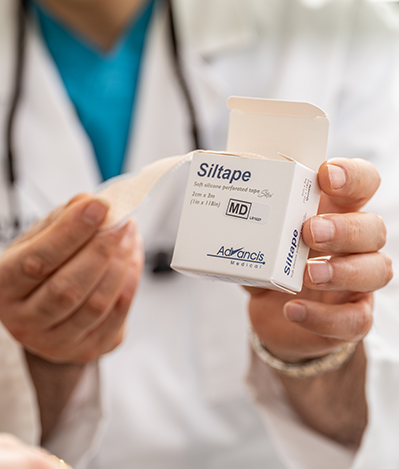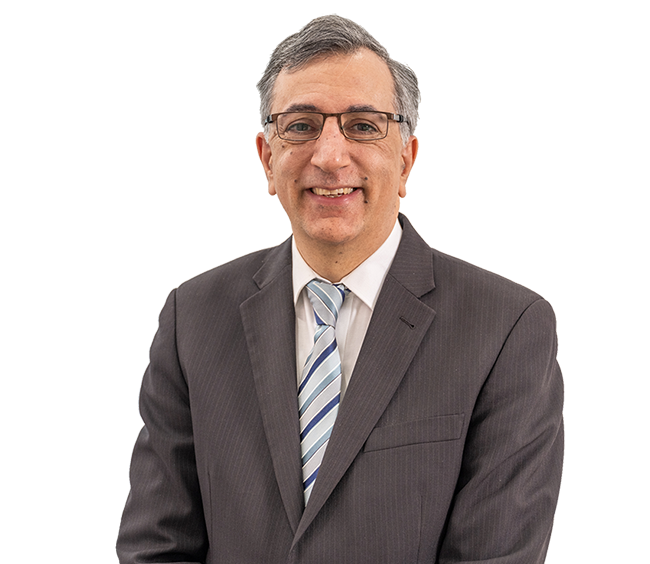Procedure Spotlight
- Most moles are benign and pose no cancer threat to the patient.
- It is important to monitor moles for any changes and to get regular skin checks.
- Excision of moles and lesions can be done by Dr Safvat either in his rooms in Miranda or Bowral or as a day procedure at one of our accredited hospitals.
- All moles and skin lesions will be sent off to pathology for testing.
Most moles are benign and pose no cancer threat to the patient, so they don’t always need to be removed. However, some patients do prefer to get them removed regardless. There are also some other skin lesions that are non-cancerous and don’t require removal either. These types of lesions have usually been present for long periods of time and have either not changed or changed very slowly.
With that being said, any type of change in a lesion or mole is cause for concern and should be checked by an experienced doctor who specialises in moles and lesions. The change can be related to colour, size, shape, thickness, bleeding, and/or sensation.
Patients prefer to have a benign lesion removed for different reasons. They may be worried about malignant transformation or the lesion may have become symptomatic as it catches or rubs on clothes. They could also just not like the way it looks. There are plenty of valid reasons for wanting it removed.
Dr Safvat has extensive experience in mole and skin lesion removal and does this in Sydney and the Southern Highlands. Dr Safvat also has extensive experience with both local flaps, grafts and extensive reconstruction. He strives to leave minimal scarring and cosmetic or functional deficit.

Technique
Excision of moles and lesions can be done by Dr Safvat either in his rooms in Miranda or Bowral under just local anaesthetic or as a day procedure at one of our accredited hospitals under local anaesthetic combined with sedation to make it more comfortable. Dr Safvat will discuss the best option for you during consultation.
Surgical excision is a relatively quick procedure. Usually, Moles or other benign skin lumps can be excised with minimal margins. The lesion is cut out as an ellipse, which ensures closure of the wound as a smooth flat scar, but it does require a longer scar than the diameter of the lesion (about twice). In rare instances, when the lesion is too big, the defect may need to be closed with a flap or graft.
A local flap rearranges tissue from the same area as the mole or lesion. A graft uses a thin piece of skin from another area of the body, which is transferred and used to reconstruct the defect.
All moles and skin lesions will be sent off to pathology for testing. Dr Safvat will discuss your results with you at your post-operative appointment.
Procedure Snapshot:
| Anaesthetic Type: | Local Anaesthetic or Local & Sedation |
| Length of Surgery: | About 1 hour in most cases |
| Stay in Hospital: | Day only |
| Downtime: | Minimal |

Recovery
If the procedure is done under Local anaesthetic only in our Miranda or Bowral rooms, patients are free to return to almost their normal routine immediately after their procedure. However, for day surgery procedures, patients need to be collected by someone and need to recover from the sedation. Any activities that could affect the incision and sutures should be avoided for the first week or so as advised by Dr Safvat. There may be some minor discomfort after the skin lesion or mole is removed but this can easily be managed with over-the-counter pain medication.
The area should be kept clean until the sutures are removed one to two weeks after the procedure at your post-operative appointment.
The incision area may have some redness and swelling which should subside over the coming days.
There may be some minor discomfort after the skin lesion or mole is removed but this can easily be managed with over-the-counter pain medication.

Preparation
Smoking has been shown to cause complications after skin lesion removal surgery, particularly if a flap or graft is involved. Dr Safvat prefers that you stop smoking 3 weeks prior to your surgery wherever possible. You may have to stop certain medications such as blood thinners or some herbal medicines. Dr Safvat will discuss this with you during consultation.
Scars
There is no way to prevent scars completely after surgery and everyone can scar differently. However, the techniques Dr Safvat uses to suture his wounds are designed to minimise scarring. What’s more, any scarring will fade over time, especially if they are cared for correctly.
Dr Safvat will provide you with his specific protocol for scar management that will help you protect and care for your incisions in a way that will minimise scarring. Patients who have followed Dr Safvat’s protocol for scar management diligently have been very pleased with their progress in reducing and fading of scars. In some cases, LED Light Therapy (available in Miranda only) may assist with wound healing, scarring and recovery and may be an option for some patients.
Dr Safvat will provide you with his specific protocol for scar management that will help you protect and care for your incisions in a way that will minimise scarring.

Complications
While all care and diligence is taken by Dr Safvat to minimise or avoid complications, any surgical procedure can be associated with some general complications and/or specific complications related to the surgery you are having. Choosing a Specialist Plastic Surgeon such as Dr Safvat and having your procedure done in an accredited hospital minimises risks as does using an accredited Anaesthesist.
Some general surgical potential complications are:
- Infection that may require antibiotics (Dr Safvat prescribes all patients antibiotics after surgery to minimise this risk).
- Allergic reaction to dressings and other items used during the procedure.
- The formation of blood collection (haematoma) which could require additional surgery.
- Scars heal differently in different people. Some people are genetically prone to develop keloid scars. Hypertrophic scars develop when there is a complication in the healing process. Whilst not ideal, there is no threat to your health if you develop these.
Some potential complications related to Mole and lesion removal surgery specifically are:
- Redness and swelling
- Bleeding from the wound
- Wound breakdown.
- Loss of skin graft or flap
Cost
In most cases, Skin lesion or mole removal surgery has a Medicare item number and patients should get a rebate from Medicare and their health fund (where applicable). The hospital costs are usually covered by private health funds depending on the patient’s level and type of coverage. Alternatively, you can have the procedure done in a Private Hospital as a Self-Funded patient. Another option in some cases, will be to have the procedure done in our rooms (Miranda or Bowral). This is not possible for all surgeries and Dr Safvat will discuss this with you if it is an option. Detailed information regarding costs will be provided to you after your initial consultation.
Frequently asked questions
How do I care for my skin after mole or lesion removal?
Protecting your skin from the harmful rays of the sun is going to be the most important thing you can do after your mole removal procedure with Dr Safvat. The area that was treated should be kept out of direct sunlight for at least a year to ensure the skin isn’t negatively affected. Applying a high-quality, TGA approved sunscreen whenever you’re planning to spend time outside is essential, especially in Australia’s harsh climate.
Am I a good candidate for mole removal?
Generally speaking, you are a good candidate for mole removal if:
- You are in good general health.
- You have realistic expectations about the results of the mole removal.
- You understand and are happy to have a scar instead of the mole.
- You are concerned the mole is changing or worried about the mole from an aesthetic perspective.
Can I avoid hospital to have my mole removed?
In most cases, moles can be removed in our Miranda or Bowral rooms. There are some cases where Dr Safvat will advise that the procedure should be done in a hospital day surgery such as if the procedure is more extensive or when there are multiple moles to be removed.
Are there any alternatives to surgery for mole removal?
Generally speaking, you can just leave the lesion. But if you want it gone then surgery completely removes the lesion reducing the chance of recurrence. The mole is always sent for histopathology to be sure there is no malignancy in the mole.
Dr André Safvat – Specialist Plastic Surgeon
Renowned for his dedication to his patients, his attention to detail and impeccable outcomes, Dr Safvat’s unparalleled expertise is reflected in the quality, professionalism and dedication of every member of our team.


